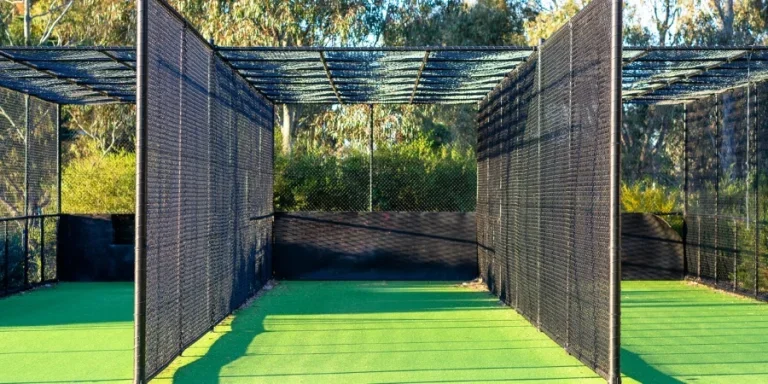Net practice cricket has become an essential part of cricket training, providing players with a controlled environment to hone their skills. As the sport continues to evolve, so does the technology and design of net practice facilities. This article delves into the market overview of net practice cricket, highlighting key trends, regional insights, and future projections.
Table of Contents:
Market Overview of Net Practice Cricket
Innovative Materials and Design in Net Practice Cricket
Technological Features Elevating Net Practice Cricket
Customization and Convenience for Diverse Needs
Benefits and Performance Enhancements
Conclusion
Market Overview of Net Practice Cricket
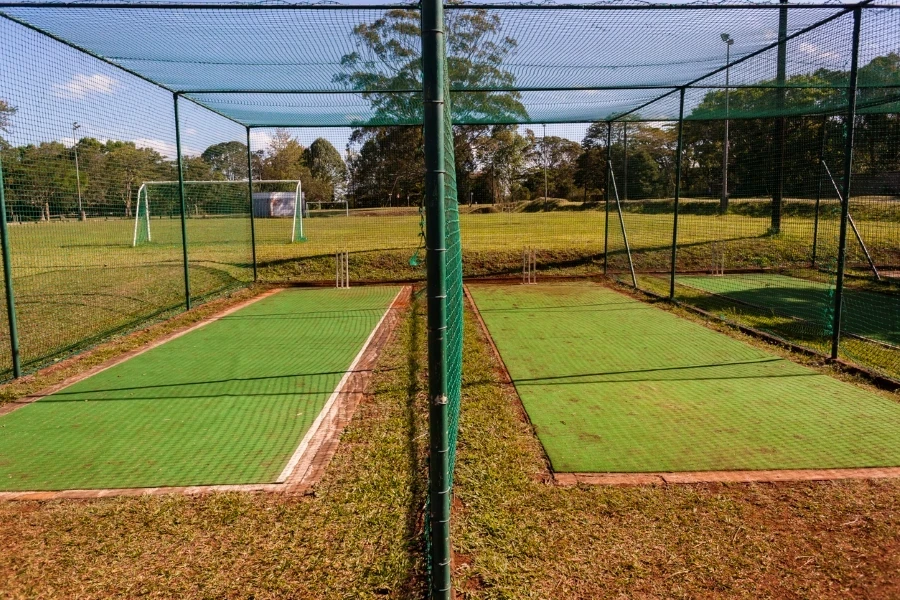
The global cricket market is experiencing significant growth, with revenue projected to reach $3.71 billion by 2024, according to a report by Statista. This growth is expected to continue at a compound annual growth rate (CAGR) of 2.56% from 2024 to 2029, resulting in a market volume of $4.21 billion by 2029. India is anticipated to generate the most revenue, with an estimated $2.275 billion in 2024.
Regional Insights
India’s dominance in the cricket market is driven by its deep cultural and historical connection to the sport. The country’s large population and passion for cricket create a thriving market for cricket-related products and services. Other significant markets include England, Australia, and South Africa, each with a rich cricketing history and strong demand for cricket equipment and merchandise. In contrast, cricket remains a niche sport in countries like the United States and Canada, limiting its market potential in these regions.
Key Players
The cricket market is supported by key players such as broadcasting networks, cricket teams, sports apparel brands, ticketing agencies, and online marketplaces. These entities play a crucial role in delivering news, analysis, and entertainment related to cricket events worldwide. They also facilitate the sale of tickets for live matches, contributing to the overall revenue of the cricket market.
Future Trends
The cricket market is witnessing a shift towards advanced analytics and technology to enhance player performance and fan engagement. Data-driven decision-making is becoming increasingly important, with the use of smart nets and integrated sensors providing valuable insights into player techniques. Additionally, the rise of virtual reality (VR) and augmented reality (AR) training tools is revolutionizing the way players practice and improve their skills.
Sustainability is another emerging trend in the cricket market. There is a growing focus on eco-friendly practices in cricket venues and events, with stakeholders taking steps to reduce their environmental impact. This trend is likely to continue as consumers become more conscious of the environmental implications of their sports choices.
Market Performance Data
The average revenue per user (ARPU) in the cricket market is projected to amount to $28.71 in 2024. The number of users is expected to reach 139 million by 2029, with a user penetration rate of 1.7% in 2024. These figures highlight the growing popularity of cricket and the increasing demand for cricket-related products and services.
In the Netherlands, the cricket market is projected to reach $1.31 million in 2024, with a CAGR of 2.47% from 2024 to 2029. The average revenue per user in this market is expected to be $5.82 in 2024, with the number of users reaching 255.2 thousand by 2029. This growth is driven by the increasing adoption of digital technologies and the rising popularity of online ticket sales.
In the United Kingdom, the cricket market is projected to reach $0.83 billion in 2024, with a CAGR of 0.95% from 2024 to 2029. The average revenue per user in this market is expected to be $102.10 in 2024, with the number of users reaching 8.1 million by 2029. Despite a slow decline in growth, the market continues to be driven by die-hard fans and the convenience of online services.
In New Zealand, the cricket market is projected to reach $464.80 thousand in 2024, with a CAGR of 2.03% from 2024 to 2029. The average revenue per user in this market is expected to be $1.15 in 2024, with the number of users reaching 444.6 thousand by 2029. The market is driven by advancements in digital technology and the growing health consciousness among fans.
In Australia, the cricket market is projected to reach $339.60 million in 2024, with a CAGR of 2.71% from 2024 to 2029. The average revenue per user in this market is expected to be $83.78 in 2024, with the number of users reaching 4.8 million by 2029. The market is driven by the increasing popularity of online ticket sales and the rise of digital media platforms.
Innovative Materials and Design in Net Practice Cricket
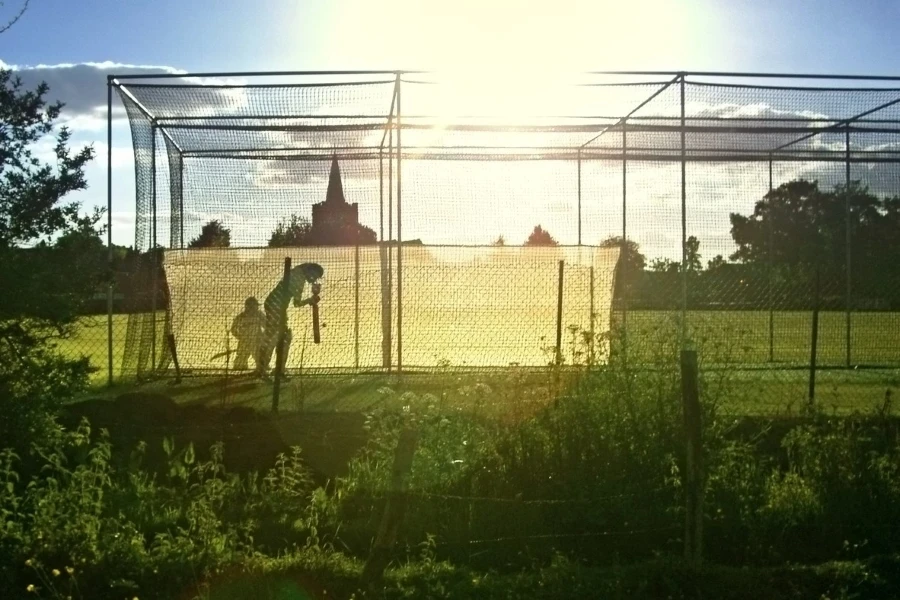
Cutting-Edge Materials for Enhanced Durability
The evolution of net practice cricket has seen significant advancements in the materials used to construct nets and associated equipment. Modern nets are now crafted from high-density polyethylene (HDPE) and other synthetic fibers, which offer superior durability and resistance to weather conditions. These materials are designed to withstand the rigors of repeated use, ensuring that the nets remain intact and functional over extended periods. According to a professional report, the use of HDPE in net construction has been particularly beneficial in reducing wear and tear, thereby extending the lifespan of the nets.
In addition to the nets themselves, the frames and supports have also seen improvements. Lightweight yet robust materials such as aluminum and reinforced steel are now commonly used, providing a sturdy structure that can endure high-impact forces. This combination of advanced materials ensures that the entire setup is both durable and reliable, making it a worthwhile investment for cricket training facilities.
Modern Design Trends for Optimal Performance
Design innovations in net practice cricket are focused on enhancing performance and user experience. One notable trend is the incorporation of modular designs, which allow for easy assembly and disassembly. This flexibility is particularly advantageous for facilities that need to frequently set up and take down their nets. Modular designs also enable customization, allowing users to adjust the net configuration to suit different training needs.
Another significant design trend is the use of tensioning systems that ensure the nets remain taut and secure during practice sessions. These systems often include adjustable straps and pulleys, which allow for precise control over the net’s tension. This not only improves the safety of the practice environment but also enhances the realism of the training experience by providing a consistent and reliable surface for ball impact.
Technological Features Elevating Net Practice Cricket
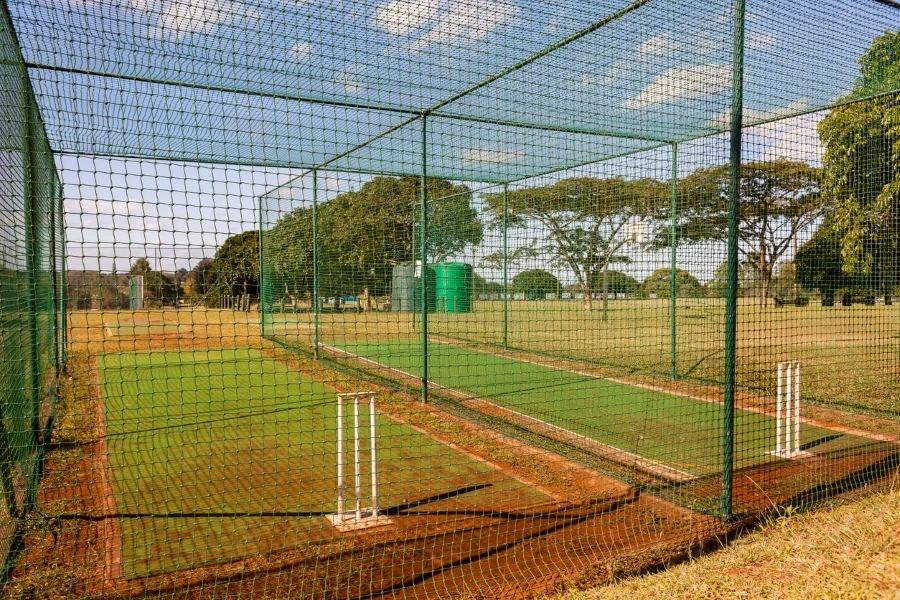
Smart Nets and Integrated Sensors
The integration of technology into net practice cricket has opened up new possibilities for training and performance analysis. Smart nets equipped with integrated sensors are now available, providing real-time data on various aspects of a player’s performance. These sensors can track metrics such as ball speed, trajectory, and impact force, offering valuable insights that can be used to fine-tune techniques and strategies.
According to a professional report, the use of smart nets has been particularly beneficial for coaches and players, as it allows for more precise and objective assessments of performance. The data collected by these sensors can be analyzed to identify areas for improvement, helping players to develop their skills more effectively.
Virtual Reality and Augmented Reality Training Tools
Virtual reality (VR) and augmented reality (AR) are also making their mark on net practice cricket. These technologies provide immersive training experiences that can simulate real match conditions, allowing players to practice in a controlled and safe environment. VR and AR tools can be used to create realistic scenarios, such as facing different types of bowlers or playing in various weather conditions, helping players to prepare for a wide range of situations.
Reported by industry experts, the use of VR and AR in cricket training has been shown to improve players’ decision-making skills and reaction times. These tools offer a unique way to practice and refine techniques, providing a competitive edge that can be crucial in high-stakes matches.
Customization and Convenience for Diverse Needs
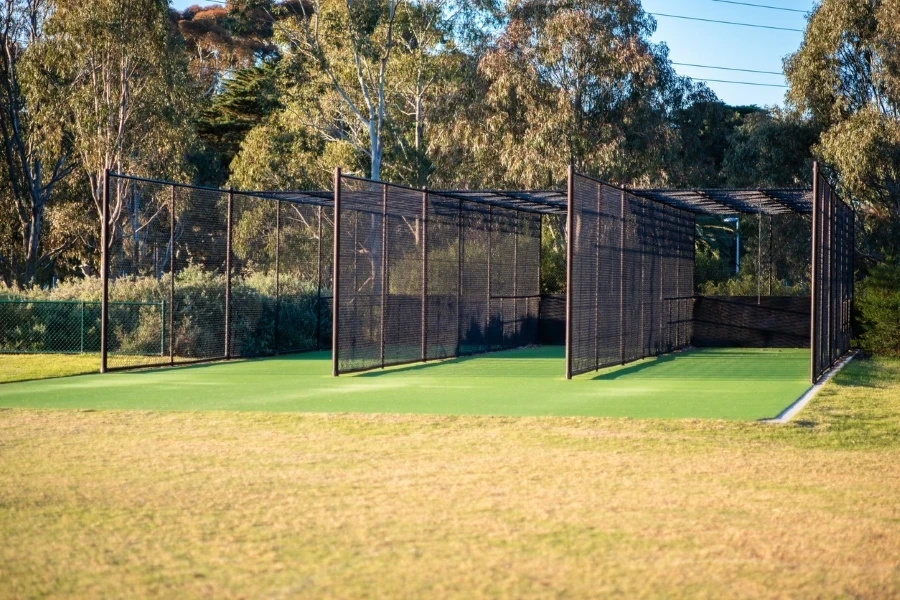
Tailored Solutions for Different Skill Levels
Net practice cricket equipment is now available in a range of configurations to cater to players of different skill levels. Beginner nets are designed with features that prioritize safety and ease of use, such as lower net heights and softer materials. These nets provide a forgiving environment for new players to learn the basics without the risk of injury.
For more advanced players, professional-grade nets offer enhanced features such as higher net heights, stronger materials, and integrated technology. These nets are designed to replicate the conditions of a real match, providing a challenging and realistic training experience. According to a professional report, the availability of tailored solutions has made it easier for players at all levels to find equipment that meets their specific needs.
Portable and Easy-to-Set-Up Nets
Portability and ease of setup are key considerations for many cricket training facilities. Modern net practice cricket equipment is designed with these factors in mind, featuring lightweight materials and compact designs that make transportation and assembly straightforward. Portable nets can be quickly set up and taken down, allowing for flexible use in different locations.
Reported by industry professionals, the convenience of portable nets has made them a popular choice for schools, clubs, and individual players. These nets provide a practical solution for those who need to set up training facilities in various environments, ensuring that practice can take place wherever and whenever it is needed.
Benefits and Performance Enhancements
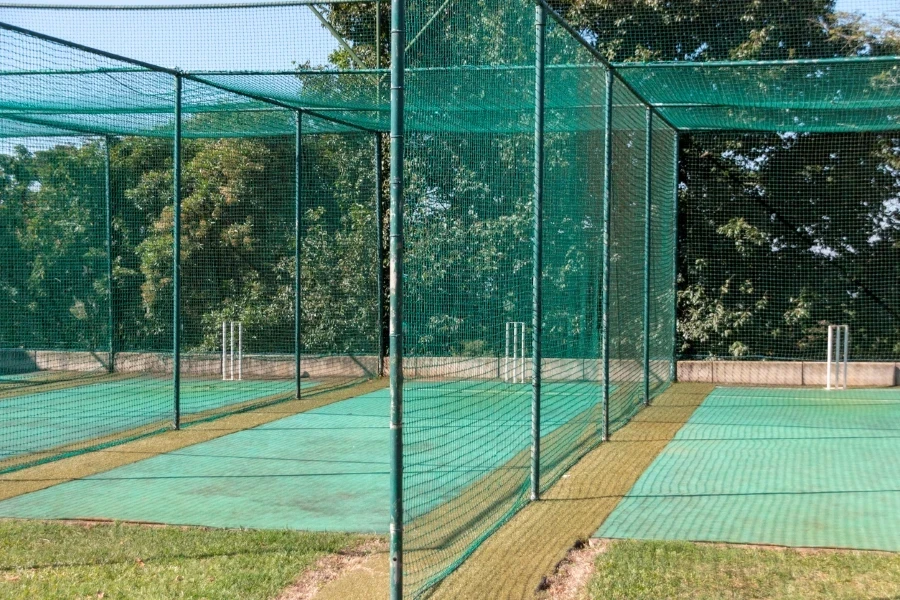
Improving Player Skills and Techniques
The advancements in net practice cricket equipment have had a significant impact on player development. The use of durable materials, innovative designs, and integrated technology has created training environments that are both safe and effective. Players can practice their skills with confidence, knowing that the equipment will perform reliably and provide accurate feedback.
According to a professional report, the use of advanced net practice equipment has been shown to improve players’ techniques and overall performance. The ability to track and analyze performance data allows for targeted training, helping players to identify and address specific areas for improvement.
Safety Features for Injury Prevention
Safety is a paramount concern in any training environment, and net practice cricket is no exception. Modern nets are designed with safety features that minimize the risk of injury, such as reinforced frames, secure tensioning systems, and impact-absorbing materials. These features ensure that players can practice with confidence, knowing that the equipment will provide a safe and controlled environment.
Reported by industry experts, the emphasis on safety in net practice cricket equipment has led to a reduction in training-related injuries. This focus on injury prevention not only protects players but also allows them to train more consistently and effectively, leading to better performance on the field.
Conclusion
The advancements in materials, design, and technology have transformed net practice cricket, providing players with the tools they need to improve their skills and performance. As the industry continues to innovate, the future of net practice cricket looks promising, with even more sophisticated and effective training solutions on the horizon. These developments will undoubtedly contribute to the growth and success of cricket as a sport, ensuring that players at all levels have access to the best possible training resources.
